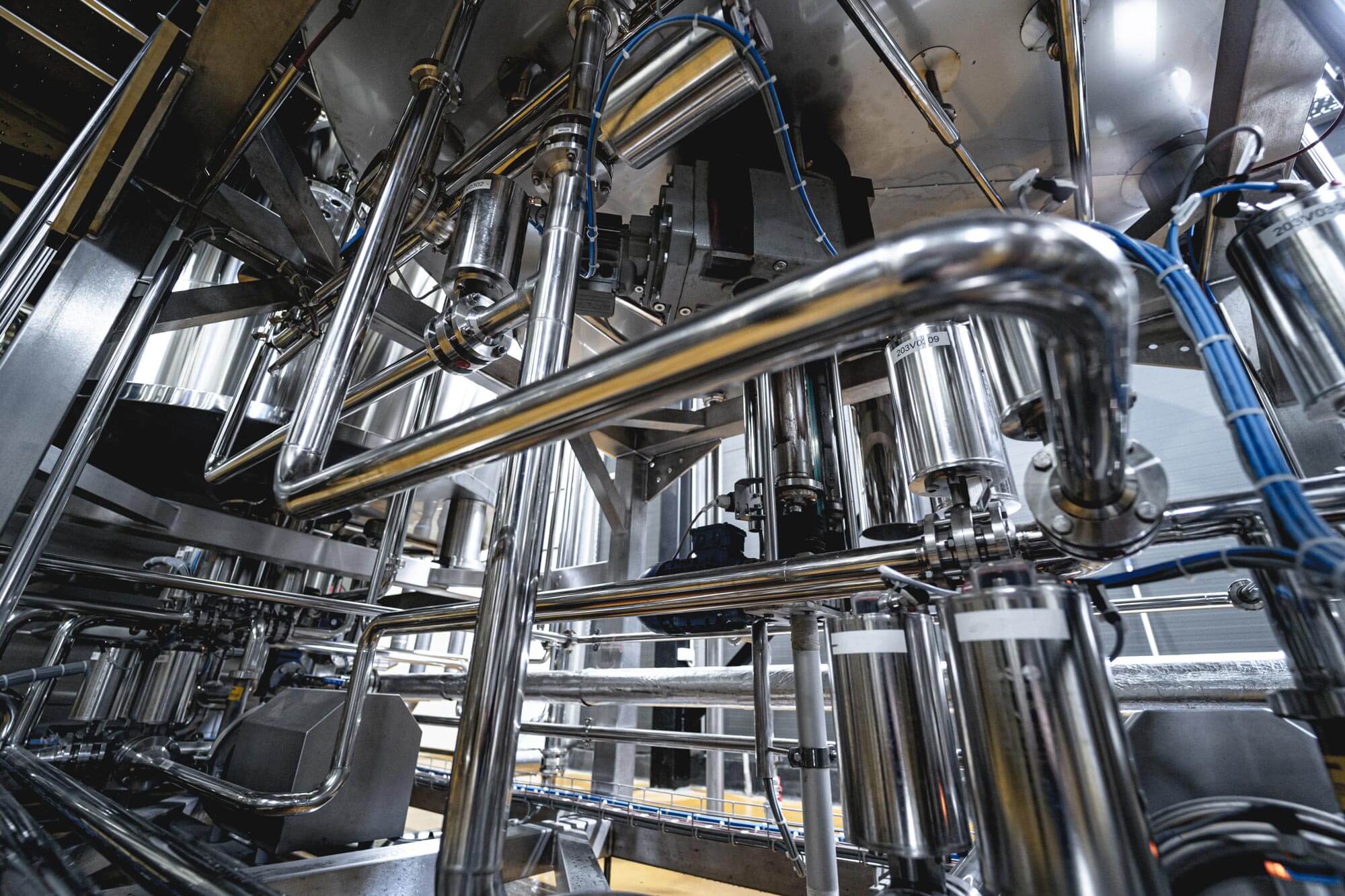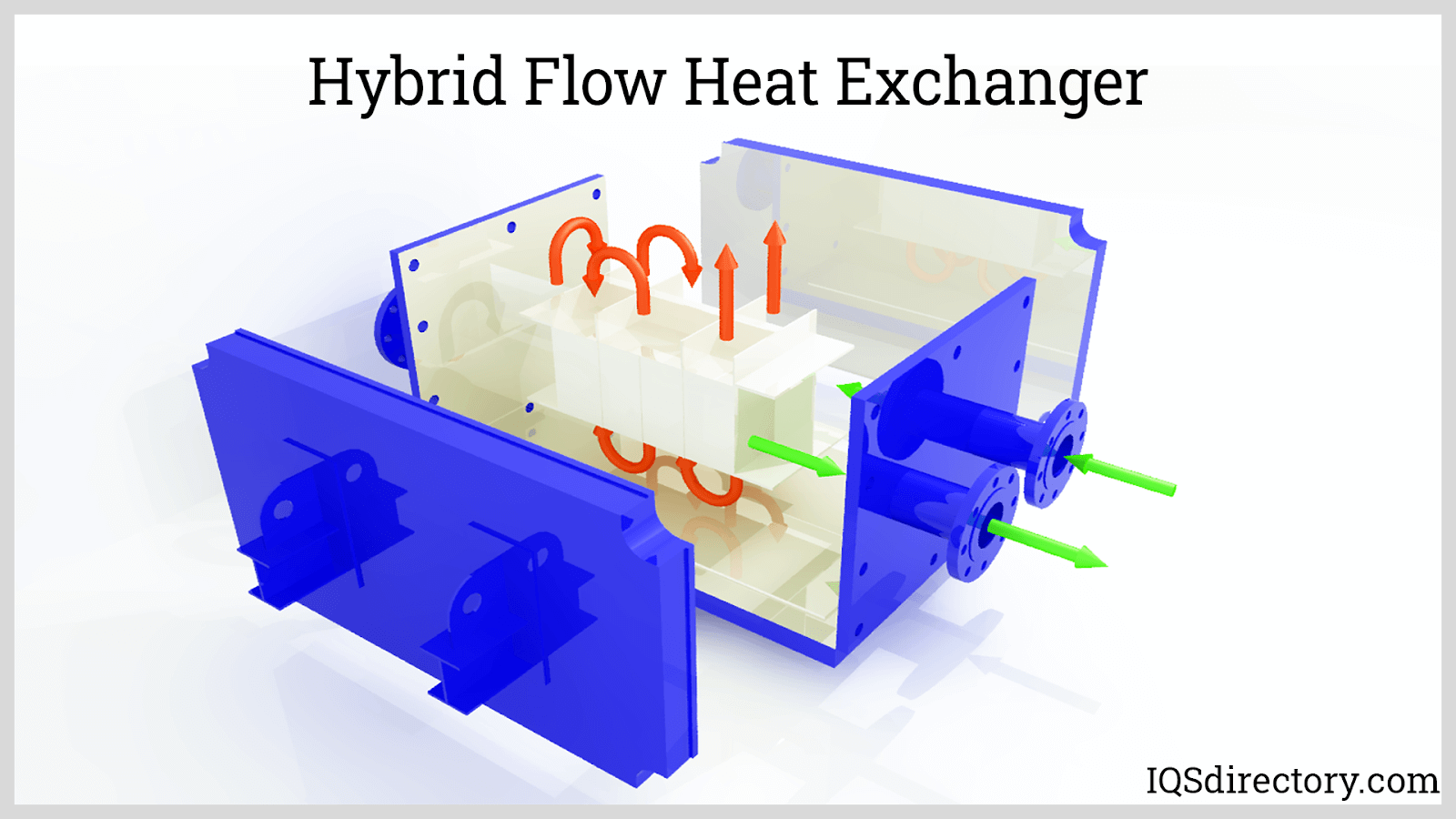DVS Heat Transfer Systems: A Complete Guide to Smarter IoT Integration
Wiki Article
The Duty of Heat Transfer Equipments in Sustainable Power Solutions for the Future
Heat transfer systems are essential in the quest for lasting power remedies. They optimize thermal energy administration, improving the effectiveness of renewable modern technologies. By using devices like radiation, convection, and transmission, these systems lessen power losses. Their function in solar thermal and geothermal applications is especially considerable. As developments arise, the possibility for more developments increases crucial inquiries regarding future energy techniques. What advancements will shape the landscape of sustainable energy?Recognizing Heat Transfer Solutions

The Value of Thermal Energy Management
Effective thermal power management is vital for maximizing power effectiveness and reducing waste in various systems. By managing temperature and optimizing Heat transfer processes, organizations can considerably lower power usage and operational expenses. Effective monitoring involves the application of innovative modern technologies and methods that monitor and control thermal problems within systems, guaranteeing that energy sources are utilized successfully. On top of that, proper thermal power management adds to decreasing greenhouse gas exhausts, lining up with international sustainability goals. It additionally boosts system reliability and performance, causing improved product top quality and longer devices life-span. Ultimately, prioritizing thermal energy administration is a vital step towards producing extra sustainable energy options and cultivating a responsible technique to energy consumption in domestic and commercial contexts.Applications of Heat Transfer in Renewable Energy
While different sustainable power resources guarantee sustainability, the efficient application of Heat transfer plays an essential function in their performance. In wind power systems, Heat transfer is utilized for turbine element air conditioning, boosting performance and long life. Geothermal energy relies upon reliable Heat exchange between the earth's subsurface and the liquid distributing in the system, taking full advantage of power removal. Biomass power procedures also gain from Heat transfer, as it aids in converting organic materials into useful gas via pyrolysis and gasification. Furthermore, in hydropower, maintaining perfect temperatures in tanks can enhance power result. Each of these applications shows the critical significance of Heat transfer systems in boosting renewable resource innovations, ultimately contributing to a more lasting power future.Enhancing Solar Thermal Power Performance
As solar thermal power systems remain to evolve, enhancing their performance has actually come to be necessary for making best use of power result. Breakthroughs in Heat transfer innovations, such as enhanced thermal storage products and innovative Heat exchangers, play a substantial role in enhancing efficiency. By using sophisticated materials that have superior thermal conductivity, systems can transfer and capture Heat much more efficiently. Furthermore, integrating monitoring systems that adhere to the sunlight's path warranties that collection agencies get suitable solar exposure throughout the day. Utilizing nanotechnology in solar absorbers can better boost energy absorption prices. Moreover, including automatic control systems aids manage and manage temperatures power distribution efficiently, causing reduced losses and boosted total system effectiveness. These improvements pave the method for even more lasting solar thermal energy options in the future.Geothermal Heating: A Sustainable Solution
Geothermal home heating presents a viable option for lasting power, supplying considerable environmental advantages with decreased greenhouse gas emissions. Its efficiency and cost-effectiveness make it an attractive choice to conventional furnace. Nonetheless, challenges connected to implementation must be resolved to maximize its potential effect.Ecological Advantages of Geothermal
Standard home heating techniques contribute considerably to greenhouse gas discharges, geothermal heating presents a compelling choice that decreases environmental impact. By utilizing the Planet's internal Heat, geothermal systems make use of an eco-friendly energy resource, substantially lowering dependence on fossil fuels. This method creates very little carbon emissions, making it a cleaner choice for domestic and business home heating. Additionally, geothermal systems promote power performance, as they require much less energy compared to standard home heating systems. DVS Heat Transfer Systems. The application of geothermal power additionally aids in decreasing air pollution, enhancing neighborhood air high quality and public health. As a lasting remedy, geothermal home heating supports environment modification reduction efforts, placing itself as an important element in the change in the direction of a greener futureEfficiency and Cost-Effectiveness
Exactly how does geothermal heating determine up in terms of effectiveness and cost-effectiveness contrasted to traditional heater? Geothermal home heating shows exceptional performance, commonly achieving a coefficient of performance (COP) of 3 to 5, indicating it creates three to 5 devices of Heat for every system of electricity taken in. This performance translates into reduced operating costs, specifically in areas with stable geothermal resources. Preliminary setup prices can be more than standard systems; however, lasting financial savings on power expenses and minimized maintenance expenditures can balance out these upfront investments. Furthermore, lots of governments incentivize geothermal systems through refunds and tax credit reports, boosting their cost-effectiveness. Overall, geothermal heating becomes a lasting and financially feasible option to more traditional heating services.Application Obstacles and Solutions
Numerous challenges can hinder the extensive implementation of geothermal heater, in spite of their clear advantages as a sustainable energy remedy. High initial setup expenses frequently deter property owners and investors, making financing a significant obstacle. Additionally, the geographical restrictions of suitable geothermal websites limit access in particular areas. Regional policies and permitting procedures can also complicate job growth, causing delays. Moreover, public recognition and understanding of geothermal systems stay low, preventing acceptance. To deal with these challenges, targeted education and learning projects can improve public understanding, while federal government rewards could reduce economic problems. Working together with regional authorities to streamline laws may promote smoother job authorizations, eventually advertising the adoption of geothermal heating as a sensible, sustainable power choice.Innovations in Heat Transfer Technologies
Innovations in Heat transfer technologies play an essential role in improving power efficiency and sustainability. Advanced Heat exchangers and stage change materials are at the leading edge of these growths, providing significant renovations in thermal administration. These technologies not only maximize power use yet also add to reducing ecological influence in various applications.Advanced Heat Exchangers
Advanced Heat exchangers play an essential function in enhancing power performance throughout various applications in sustainable energy options. These tools assist in the transfer of Heat between two or more fluids, markedly minimizing energy usage in procedures such as industrial home heating, air conditioning, and power generation. Innovations in materials and design, such as making use of nanofluids and small setups, have actually led to improved thermal efficiency and minimized size demands. Additionally, developments in digital monitoring and control systems permit enhanced operation, further raising performance. By decreasing waste Heat and making the most of energy recovery, advanced Heat exchangers add to reduce carbon impacts and sustain the shift toward environmentally friendly technologies. Their continued development is essential for attaining global energy sustainability objectives.
Stage Adjustment Materials
The integration of phase adjustment products (PCMs) into Heat transfer modern technologies stands for a considerable improvement in energy management and performance. PCMs take in and release thermal power during their stage changes, allowing effective temperature level regulation in structure materials and energy systems. By storing excess Heat during top durations and releasing it when need boosts, PCMs contribute to fill moving and power conservation - DVS Heat Transfer Systems. This capacity improves the performance of eco-friendly energy systems, particularly in solar thermal applications. In addition, PCMs can enhance the thermal comfort of indoor settings, minimizing dependence on standard home heating and cooling techniques. As innovations in PCM formulas proceed to emerge, their function in lasting energy options is poised to expand, offering appealing methods for future research and application
Future Potential Customers for Heat Transfer in Lasting Power
As DVS Heat Transfer Systems the need for lasting energy remedies proceeds to climb, the function of Heat transfer systems is becoming increasingly crucial in shaping future technologies. Developments in materials and designs are expected to boost effectiveness in Heat transfer, lowering power losses in numerous applications. The assimilation of sophisticated thermal storage systems, such as stage modification products and thermochemical storage space, will enable better administration of energy resources. Research study into nanofluids and biomimetic Heat exchangers may even more enhance thermal performance. Furthermore, the fostering of wise technologies will certainly enable real-time surveillance and adaptive control of Heat transfer processes. These improvements are poised to substantially contribute to the total efficiency and sustainability of power systems, paving the means for a more energy-efficient future.Regularly Asked Questions
Just How Can Individuals Apply Heat Transfer Solution at Home?

Individuals can apply Heat transfer systems in your home by mounting energy-efficient appliances, using glowing heating, and enhancing insulation. These actions enhance power performance, decrease prices, and advertise sustainable methods in household settings.

What Are the Costs Associated With Mounting Heat Transfer Systems?
The prices connected with setting up Heat transfer systems vary commonly, generally incorporating devices, installation labor, and upkeep. Elements such as system type, home dimension, and regional laws greatly affect the general expenditure included.Exist Government Rewards for Heat Transfer System Installations?
Federal government incentives for Heat transfer system installations differ by region and can consist of tax gives, rebates, and credit scores. These financial benefits intend to encourage adoption, inevitably promoting energy effectiveness and lowering environmental effect within areas.How Do Heat Transfer Solutions Influence Power Bills?
Heat transfer systems significantly affect power bills by enhancing energy effectiveness. By enhancing the transfer of Heat, these systems minimize power usage, leading to lower energy prices and developing a much more sustainable approach to power administration.What Upkeep Is Required for Heat Transfer Solutions?
Upkeep for Heat transfer systems includes normal evaluations, cleansing of components, examining fluid degrees, guaranteeing correct insulation, and changing used parts. These tasks help maintain effectiveness, protect against breakdowns, and extend the system's operational lifespan.These systems help with the activity of thermal power from one medium to another, making it possible for the transfer of Heat for cooling, power, or heating generation purposes. Geothermal power relies on reliable Heat exchange between the earth's subsurface and the fluid circulating in the system, optimizing power removal. In addition, geothermal systems advertise energy effectiveness, as they call for much less energy contrasted to traditional home heating systems. Advanced Heat exchangers play an essential duty in enhancing energy performance throughout different applications in lasting energy options. Heat transfer systems significantly affect power expenses by optimizing power efficiency.
Report this wiki page